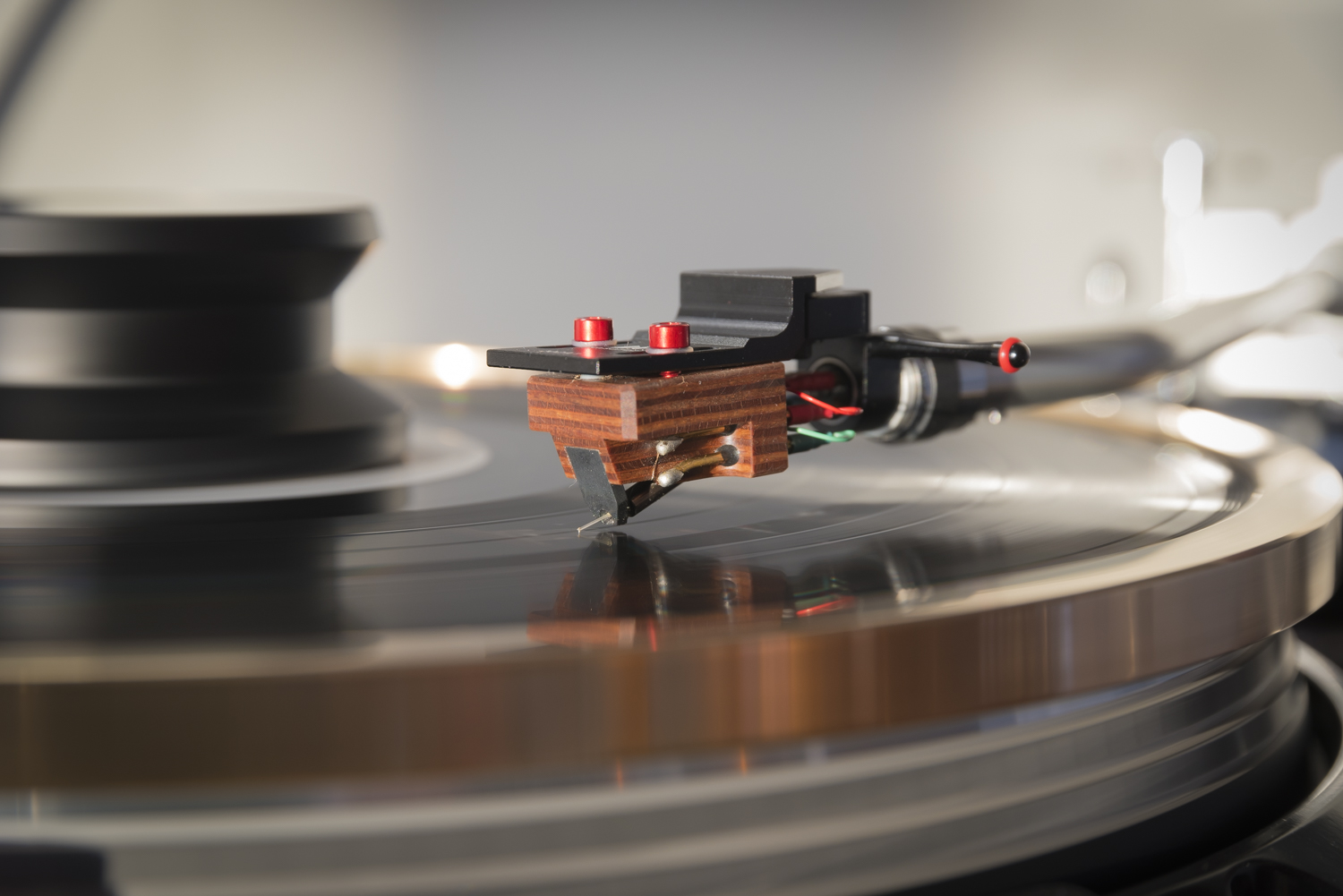Peter, I've only spent 10 mins listening, just wanted an early impression. I'm already 3" higher than stock spikes on floor which is the standard install, so losing the 1.5" of the Panz still leaves my tweeter higher than normal position. And as you say, that greater upper mids/treble articulation is a good thing.
As w changes to bass from altering footers (in my situation IsoAcoustics Gaias = bad, Revopods = good), I'm going to carefully consider whether this extra high frequencies energy/articulation is indeed natural or artificial enhanced edginess. I believe it's natural, but only a couple of days listening, especially to strings, cymbals, percussion, will tell me.
As w changes to bass from altering footers (in my situation IsoAcoustics Gaias = bad, Revopods = good), I'm going to carefully consider whether this extra high frequencies energy/articulation is indeed natural or artificial enhanced edginess. I believe it's natural, but only a couple of days listening, especially to strings, cymbals, percussion, will tell me.




